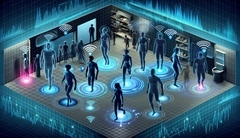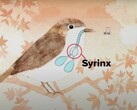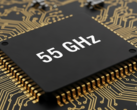Traditional re-identification systems rely on video footage, making them vulnerable to masks, poor lighting or changing angles. In contrast, the WhoFi technology developed by researchers at La Sapienza University in Rome uses Channel State Information (CSI). This data, embedded in the radio signals of modern Wi-Fi routers, provides highly accurate measurements of signal strength and behavior. When a person moves through a Wi-Fi area, they subtly alter these signals in a unique and recognizable way.
To generate reliable patterns, WhoFi filters out anomalies, corrects synchronization issues and enhances the data with targeted variations. A deep learning model then analyzes the signal patterns and produces a unique vector signature for each individual.
Accurate up to 95.5% – even through walls
In the published study, WhoFi was tested on 14 participants in various clothing scenarios and achieved an accuracy rate of 95.5%. The system proved unaffected by external factors such as clothing or line of sight. Even walls posed no barrier, as the method does not rely on visual contact but instead on how radio waves interact with internal body structures like bones.
Unlike cameras, WhoFi does not capture or process any visual data, making it theoretically more data-efficient. However, it also raises new concerns. Anyone transmitting Wi-Fi signals could unknowingly share information about nearby individuals, even if those people are not carrying any devices.
Useful, but with risks for unwanted surveillance
In practice, WhoFi can be highly useful, for example in monitoring sensitive or security-critical areas. At the same time, the technology carries risks of invisible, unwanted or even illegal surveillance.














